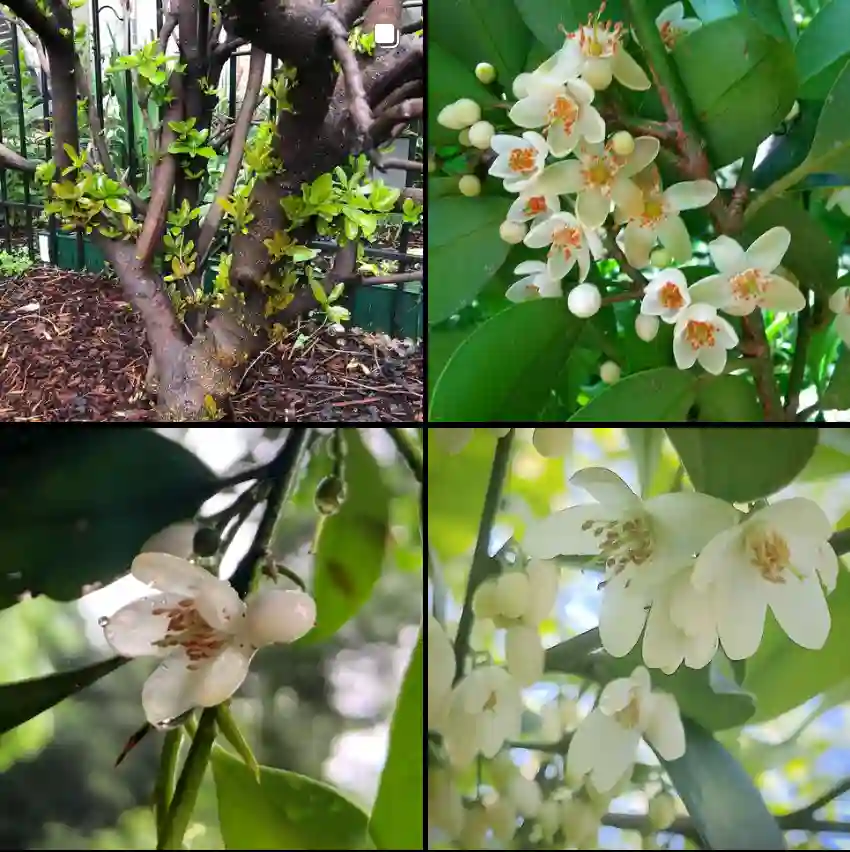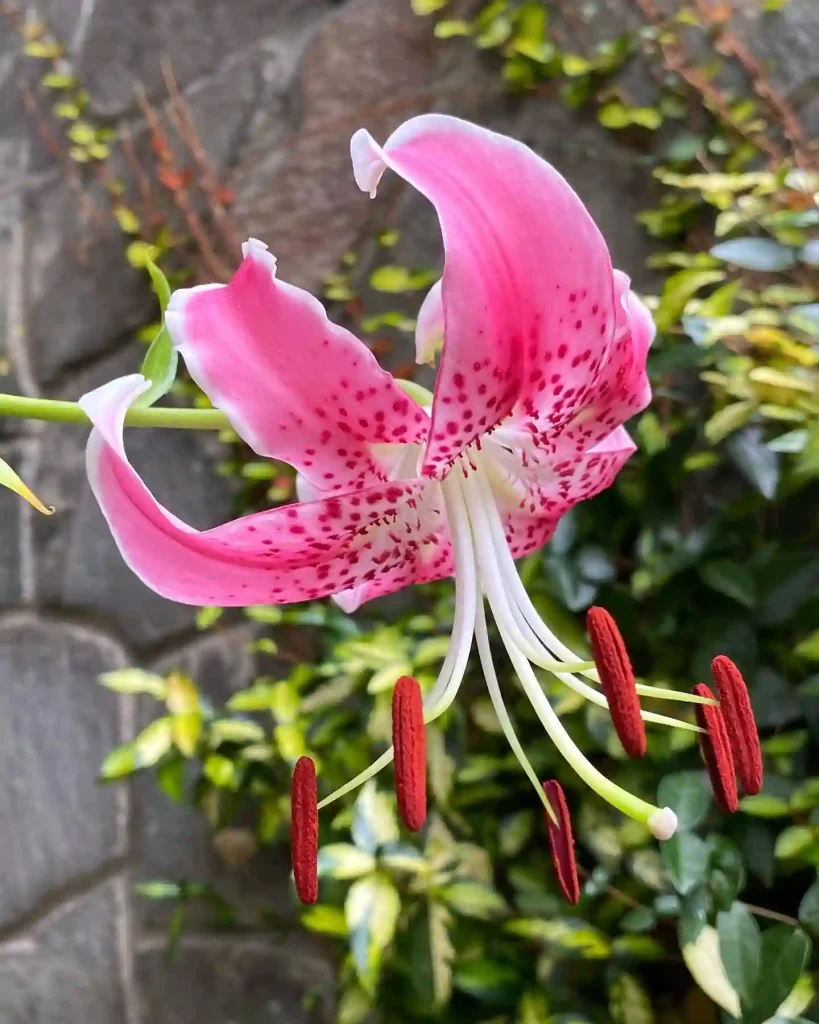How to care for Euphorbia ammak?
Euphorbia ammak, also known as the African Candelabra Tree or Desert Candle, is a striking succulent tree native to Africa. Here’s how to care for Euphorbia ammak:
2093 Species in Genus Euphorbia
1. Light:
- Full Sun: Euphorbia ammak thrives in full sun to partial shade. Place it in a location where it receives at least 6 hours of sunlight per day. Protect it from intense afternoon sun in hot climates to prevent sunburn.
2. Temperature:
- Warmth: Euphorbia ammak prefers warm temperatures between 65°F to 85°F (18°C to 29°C). It is not frost-tolerant and should be protected from temperatures below 50°F (10°C).
3. Watering:
- Minimal Watering: Euphorbia ammak is drought-tolerant and prefers to dry out between waterings. Water sparingly, allowing the soil to dry out almost completely before watering again. Avoid overwatering, as it can lead to root rot.
4. Soil:
- Well-Draining Soil: Plant Euphorbia ammak in a well-draining cactus or succulent mix. Alternatively, you can create a mix using equal parts of potting soil, perlite, and coarse sand. Ensure the pot has drainage holes to prevent waterlogging.
5. Fertilizing:
- Minimal Fertilization: Euphorbia ammak does not require frequent fertilization. Feed it with a balanced, water-soluble fertilizer diluted to half strength once a month during the growing season (spring to fall). Avoid fertilizing during the winter months.
6. Pruning:
- Minimal Pruning: Euphorbia ammak generally requires minimal pruning. Remove any dead, damaged, or diseased branches as needed to maintain its shape and appearance. Use caution when handling the plant, as the sap can cause skin irritation.
7. Pests and Diseases:
- Pest Management: Watch for common pests such as aphids, mealybugs, and scale insects. Treat infestations promptly with insecticidal soap or neem oil.
- Disease Prevention: Ensure good air circulation around the plant to prevent fungal diseases. Avoid overhead watering, and promptly remove any diseased or rotting tissue.
8. Container Growing (Optional):
- Container Planting: Euphorbia ammak can be grown in containers indoors or on patios. Choose a large container with drainage holes and fill it with well-draining potting mix. Repot every 2-3 years as needed to refresh the soil and provide room for growth.
9. Toxicity:
- Toxicity: Handle Euphorbia ammak with care, as all parts of the plant contain toxic latex sap that can cause skin irritation and eye irritation. Keep it out of reach of children and pets.
10. Winter Care:
- Protect from Frost: If you live in a region with frosty winters, bring Euphorbia ammak indoors or provide frost protection by covering it with a frost cloth or moving it to a sheltered location.
How fast does Euphorbia ammak grow?
Euphorbia ammak grows at a moderate pace, but its growth rate can vary depending on various factors like sunlight, soil quality, and watering habits. In my experience, when provided with ample sunlight and well-draining soil, it tends to grow steadily, putting on noticeable growth spurts during the warmer months. However, compared to some other succulents, it might not be as fast-growing, which I find actually quite nice since it doesn’t require frequent repotting or excessive maintenance.
How to propagate Euphorbia ammak?
Propagation of Euphorbia ammak can be an exciting journey for any plant lover. One method I’ve found successful is through stem cuttings. Whenever I trim or prune my Euphorbia ammak, I often let the cuttings dry out for a few days to prevent rot, then plant them in a well-draining soil mix. It’s crucial to let the cuttings callus over before planting to reduce the risk of infection. With patience and proper care, these cuttings usually develop roots and start growing into new plants. It’s always rewarding to witness new growth emerging from these propagated cuttings, knowing that I’ve played a part in expanding my Euphorbia ammak family.
If i die, water my plants!



